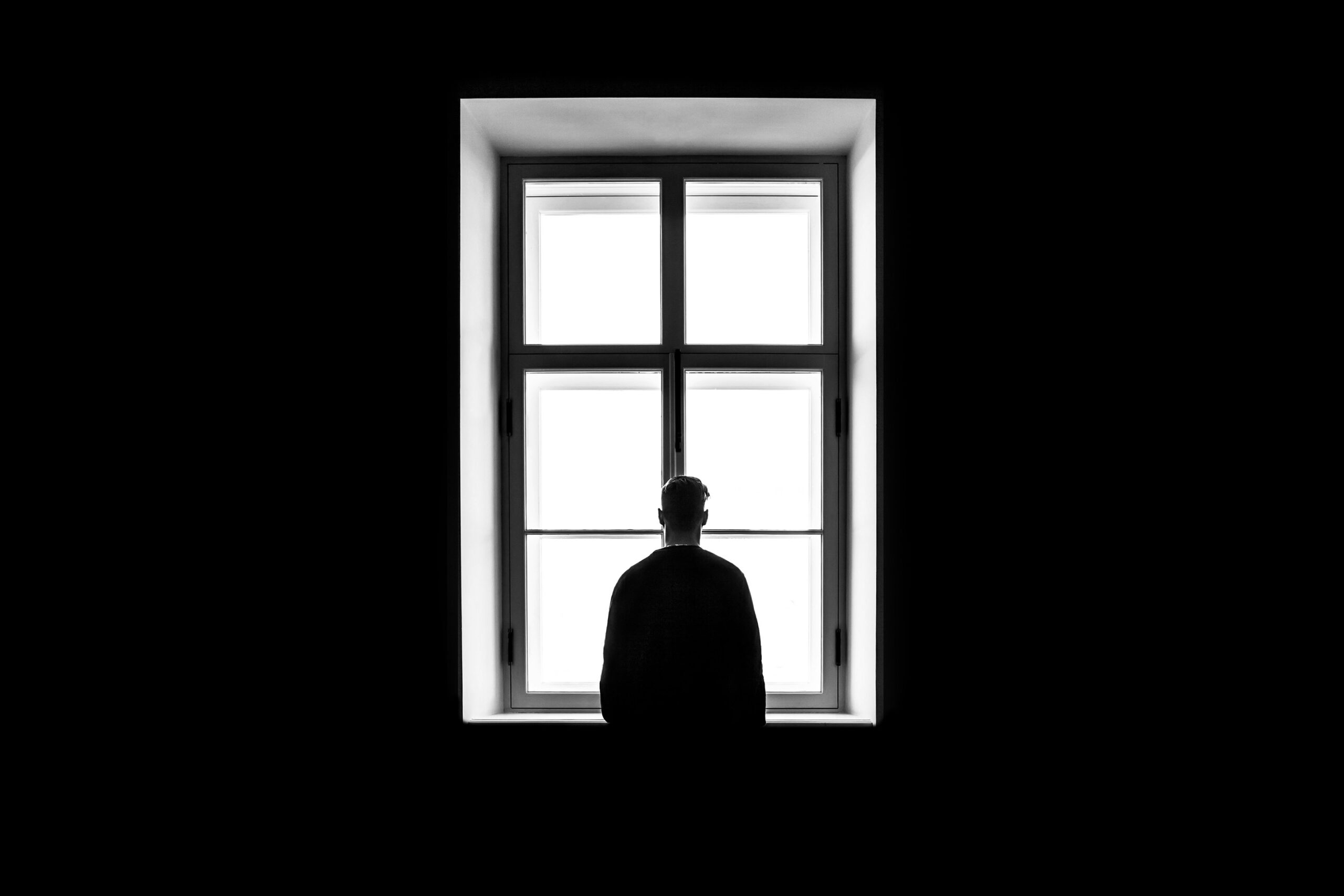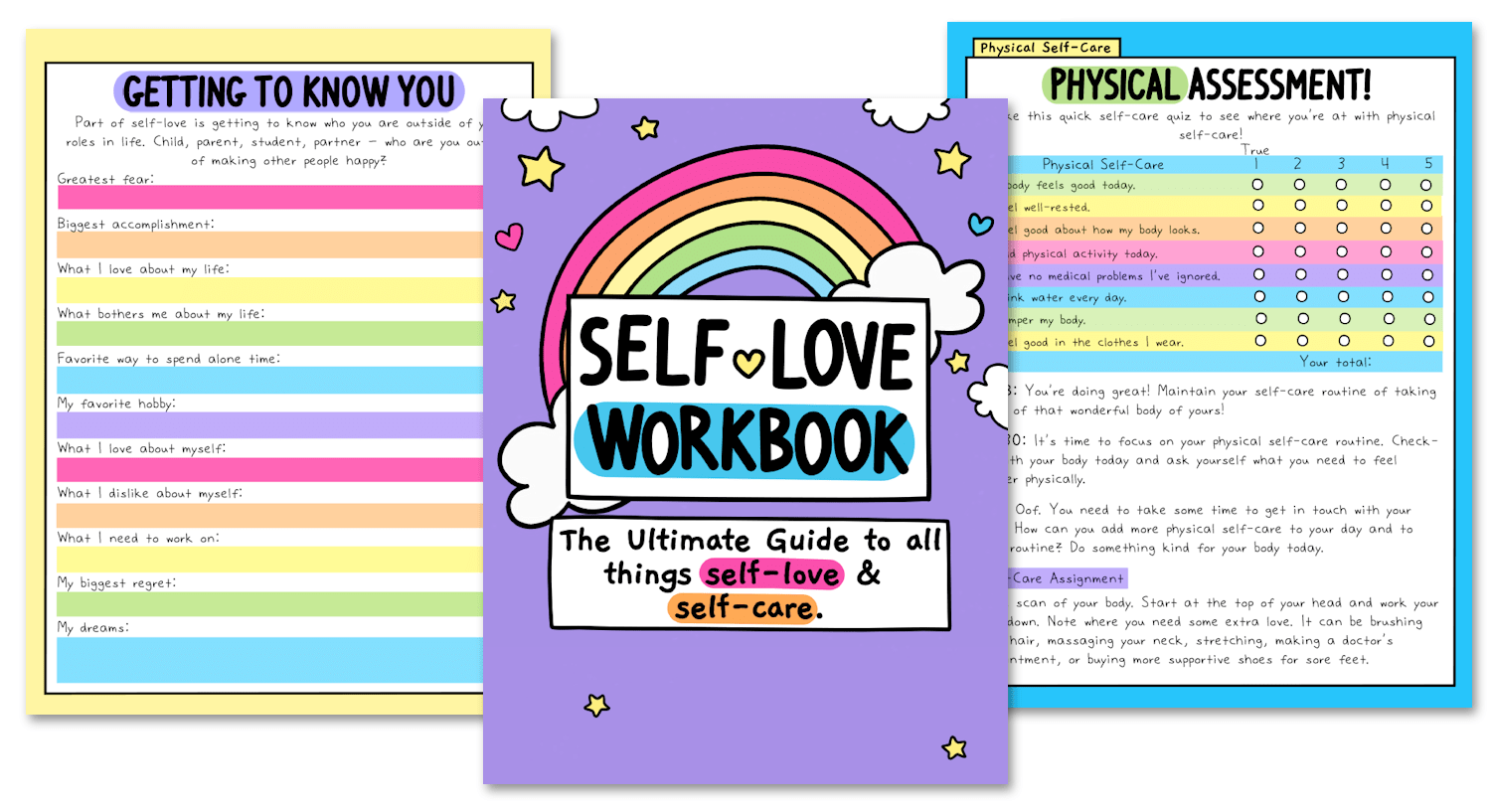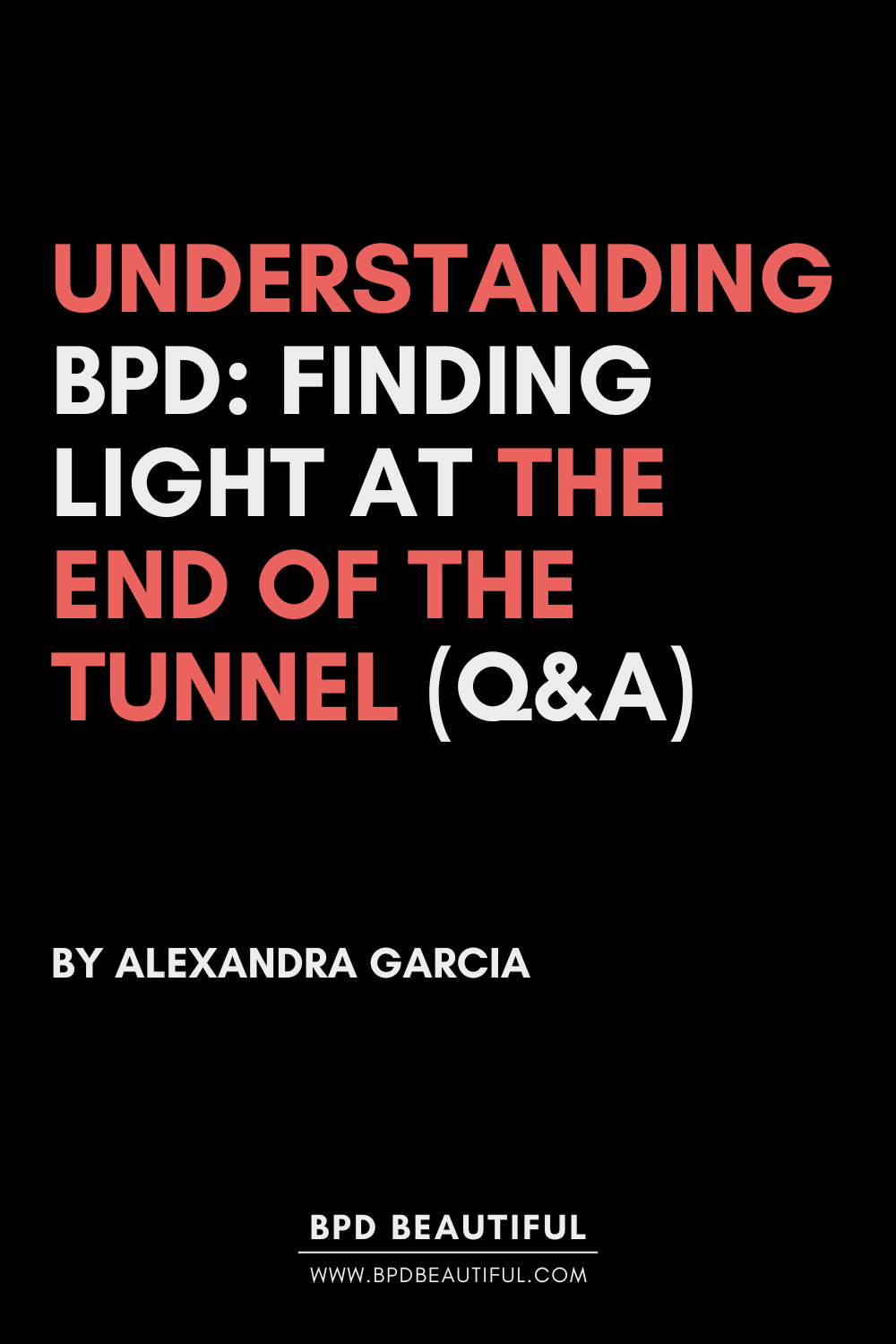Seasoned mental health professional Jaymi Dormaier hosted a seminar about the separate myths, facts, signs, BPD symptoms, causes and treatment options of the often misunderstood diagnosis known as borderline personality disorder.
“Borderline personality disorder is diagnosed on the basis of a pervasive pattern of instability, of intrapersonal relationships, self image and affects,” said Dormaier, who is a licensed master social worker, during her Sept. 12 Eventbrite seminar titled “Understanding BPD.”
Dormaier described borderline personality disorder, or BPD, as an illness marked by a pattern of varying moods, self image and behavior. Symptoms of BPD can result in impulsive actions, intense feelings of anger, depression and anxiety that can last up to two days. “Originally recognized in 1980 by the psychiatric community, it is behind in research and treatment methods by about two decades,” Dormaier explained. More than 17% of college students in America experience BPD.
The lack of answers about their condition leaves college students feeling discouraged from asking for help due to the fear of being stigmatized. According to a 2013 Guardian article, more than a quarter of students who say they experience mental health problems do not get treated.
“People may refuse help because sometimes they don’t want to believe that they have a mental condition,” Dormaier said.

Understanding BPD Symptoms & The Effect on Students
According to a 2015 Optimum Performance Institute article, for a college student with BPD, successfully completing daily tasks can be very challenging as this mental illness never completely goes away. “BPD treatment is really about reducing the severity and frequency of symptoms, not about a cure,” Dormaier said. “However, there is always hope for treatment.”
Stephanie Rodriguez Bathgate, who hosts the “You and Me and BPD” podcast, started to notice that her mental health was declining after attending therapy during her first year of university.
“Before I got diagnosed I knew nothing about BPD but the symptoms had been there since before high school,” Bathgate said.
Bathgate’s therapist diagnosed her with BPD at age 22. She said she felt fortunate to have access to accommodations but still felt isolated from her peers. She said she uses her podcast as a way to help people feel better informed and less alone.
Students with BPD can often engage in impulsive self-damaging behavior, such as promiscuity, drug use and self-harm, said the Optimum article.
“Recurrent suicidal behaviors, gestures, threats or self-mutitaling behaviors are at the forefront of BPD for most individuals diagnosed during their early 20s,” Dormaier said. “When a person with BPD self-harms it is usually done away from others.”
Emily Sillitoe first noticed symptoms of BPD when she got to university. “I noticed in particular that issues surrounding self-harm increased significantly as well as paranoid thoughts and delusions that people were trying to harm me in some way or secretly hated me,” said Sillitoe, digital creator of the ‘Loonybinwitholly’ Instagram page, an account about her BPD journey.
According to an Emotions matter article, the challenges BPD brings are often caused by student’s emotional sensitivity, regulation issues, impulsivity or anxiety. The sooner students are recognized as needing extra support, the sooner their school can work with them through a lens of understanding and compassion, rather than blame and punishment.
For perfectionists, showing signs of weakness can often leave them feeling ashamed. “I decided to ask for help because I was struggling to find a balance between my personal, school and work life,” said Bathgate.
When asked about advice she could offer for students with BPD, Sillitoe was deep in thought, reminiscing on the days she herself was a student. “I would tell them to search for support groups, whether that’s in person or online,” Sillitoe said. “A key part of my mental health recovery was finding a mental health professional that understood me and was kind to me.”
Dormaier explained the importance of BPD treatment further into her seminar. “Typically mental disorders don’t get better on their own, and they get worse without treatment. Treatment is always going to be helpful,” Dormaier explained. “Treatment can help individuals learn coping skills to manage their BPD.”
Moving forward, Dormaier said it’s possible for BPD patients to reach a point where they have no symptoms at all. She encouraged the audience to continue supporting loved ones with BPD.
“Hold those with BPD close,” Dormaier said. “There is always a light at the end of the tunnel.”
Q+A with Audrey Harper of BPD Beautiful

What is your full name and age?
Audrey Harper (not my real name), 32.
When did you start noticing BPD symptoms? And what were they?
I first noticed there was something different about me when I was 11 years old, although I didn’t know it was due to symptoms of developing borderline personality disorder (BPD) at the time. I started cutting myself and became depressed in fifth grade. I struggled with maladaptive daydreaming and dissociation (feeling numb and detached from my body & surroundings) whenever I was stressed. I was hypersensitive, intensely emotional, petulant and saw things in “all or nothing” terms (i.e. if someone I cared about showed they cared about me, I was over the moon and believed I was a lovable person. If I disappointed them or made a mistake, I was desolate and believed I was an unlovable person. If I failed at a goal, I was doomed to fail forever. If I achieved a goal, I was destined for success). I was very clingy towards my loved ones (especially to whoever was my “favorite person” at the time) and I was quick to react to any sort of perceived abandonment or rejection. I developed an eating disorder around age 13 and became suicidal for the first time when I was 14. I spent most of my freshman year of high school in and out of psychiatric units. I had a chronic feeling of emptiness. My relationships were very chaotic and intense. I would frequently break up with my boyfriends in order to prevent abandonment and then beg for them to stay or come back; subconsciously, I would push them away so they would “prove” their love to me. It was all very toxic, manipulative and unhealthy.
How do you cope with BPD?
Nowadays, BPD symptoms don’t affect me very much (although my life surely isn’t perfect). After over a decade of treatment—I’m in remission but I have to stay diligent because I could regress if I don’t make a point to live by what I’ve learned. Most of the therapy skills I still use on a regular basis include challenging cognitive distortions, open communication, a balance of an active social life and time for myself, various types of self care, respecting others’ boundaries as well as my own and making sure I look for gray areas if I ever have an “all or nothing” thought. Dialectical behavior therapy (DBT) skills are also something I strive to use on a regular basis. DBT was life changing for me and is ultimately what got me into remission.
As someone who is in remission from BPD, what would your advice be for others who are trying to get where you are? Does it get easier? Does BPD ever fully go away?
Don’t expect life to miraculously change overnight and be prepared for setbacks along the way. Don’t be hard on yourself but don’t enable your own toxic behavior either; it’s a balancing act, which may feel very unnatural, especially at first, given our “all or nothing” way of thinking. Treatment takes time—lots of it, and I won’t sugarcoat things: treating BPD may very well be one of the hardest things you’ll ever do. Facing the shame of opening up about the inner feelings that come with having BPD is incredibly difficult; gut wrenching even, because the shame can be insidious and all consuming. Communicating effectively and challenging the BPD thoughts are both learned skills but they’re not impossible to learn. Treatment and managing the symptoms can get easier over time. For me personally, I may have a BPD episode once a month or every month. I’ve been in remission for 3 years now. So it does feel like BPD has gone away by this point but I believe maintaining the thought that “I’ve been cured“ leaves me vulnerable to regressions—so I don’t usually say it or think about it. I just try to enjoy my life, stay mindful and take things one day at a time. I’m also unsure if my BPD symptoms will come back when I finally get into a new relationship again (I’m currently single and have been for about a year and a half). That’s something I’ll have to keep in mind when I start dating again. My friendships and family relationships are vastly healthier so that gives me hope that any future romantic relationships will be as well.
Can you talk a little about favourite person relationships in BPD (FP)? And if you’ve ever had a favourite person (FP) yourself?
A “favorite person” is someone that a person with BPD depends on the most for validation and a sense of fulfillment. BPD causes a chronic feeling of emptiness and this person is typically used, often subconsciously, to overcome that symptom. People with BPD tend to become both obsessive and possessive over their favorite person and it’s their abandonment that a person with BPD will fear the most. It’s usually a very unhealthy and turbulent dynamic. The favorite person holds all of the power while simultaneously having no power at all. This is because the favorite person is unable to actually help the one with BPD, and the smallest thing they do could trigger the person with BPD’s fear of abandonment so they often have to walk on eggshells. A favorite person is placed on a pedestal and quickly knocked off whenever the person with BPD “splits” (which happens after they’ve been triggered); they cycle through fast changing periods of idealizing their favorite person and devaluing them (which stems from their “all or nothing” thinking). The person with BPD typically tests their favorite person; they may frequently push them away to prevent abandonment and then beg for them back. I’ve had many favorite people throughout my life. The first one was my first boyfriend when I was 13 years old. I “needed” him and yet I also, unknowingly at the time, emotionally abused him. I repeated the same patterns all throughout high school up until my mid 20’s. My last favorite person ended up being narcissistic and was an even bigger bully than me—it was the most turbulent relationship I’d ever had because I wasn’t the only unstable and manipulative partner, we both were. As much as enduring that relationship and leaving him hurt, the experience did teach me a lot about what love was and what it wasn’t. Currently, while I have several close knit friends and family whom I love very much—I don’t have a favorite person. It’s pretty much impossible to have a healthy relationship with one and the “FP” relationship dynamic is not constructive to a person with BPD’s recovery.
How do we support a loved one with BPD?
To better support someone with BPD, it’s good to learn how to validate someone’s feelings. Validation doesn’t mean agreement. It means acknowledging someone else’s experience. When dealing with a person with BPD, it’s good to practice active listening and to focus on the feelings behind their words or actions; this can help you validate what they’re experiencing emotionally. It’s better not to argue logic while someone with BPD is in the middle of an episode; let their emotions subside first before communicating openly. Maintain boundaries in a calm and kind manner. Don’t enable toxic behavior, or ignore abuse—BPD is not an excuse to abuse others. Don’t neglect your own needs. Don’t try and save them from themselves. If you’re dealing with a person with BPD who isn’t treating their condition or acknowledging their affect on others, you may have to end the relationship or distance yourself. It happens to people with (especially untreated) BPD a lot, and it’s incredibly hard when they have to face their worst fear: abandonment, but losing the relationship might end up being the catalyst for them seeking their own professional help and finally getting to a healthier mental state. Even so, recovery is always on the person with BPD and is never the job of a loved one.
What inspired you to start your blog? Do you notice it helping others?
I’ve loved writing since childhood. It’s therapeutic. I wrote my first story when I was 11 and had a couple of short-lived blogs during high school. When I was 19 and started treating my eating disorder, I began a recovery blog called Girl, Starting New under the pseudonym Rose. That blog really helped me get to a better place as far as my eating disorder went; it held me accountable and gave me a community of people who were also trying to get better. Sadly I deleted it after a relapse into depression a couple of years in. When I was diagnosed with BPD, creating a blog to document my recovery just made sense. This time, I planned to stick with it and as I got closer to remission—I wanted to take it a step further by creating content that could give others’ with BPD hope and ways they might be able to manage their BPD symptoms (based on years of therapy & my own experience with it). I also wanted to help others in understanding BPD. According to the feedback I’ve received, BPD Beautiful has made an impact and continues to grow each month. We have a private Facebook group and a group chat—even seeing others’ give support to each other and building friendships there is amazing.
Any advice for college students who might have BPD but are scared to ask for help?
Asking for help can be scary. It’s uncomfortable. But I promise, the alternative—not seeking help, is worse. The sooner you start, the better. If you’re fortunate enough to have someone close to you that you trust, open up to them. Having a personal friend on your side may help you take the next step, which is to seek an evaluation. Relying on a self-diagnosis isn’t the way. Write down whatever BPD symptoms you feel you’re having and write down your triggers if you can think of them. Bring it with you to the appointment. If you don’t have a good experience initially, don’t give up and keep looking for a better fit. There are therapists and psychiatrists out there who may buy into the stigma or refuse, or aren’t able, to help you but that doesn’t mean all of them will be like that. The vast majority of the mental health professionals I’ve worked with have been nothing but great advocates and have been incredibly helpful. You are capable of living a more fulfilling life, but only you can take the steps to get there. Lastly, if you do get a BPD diagnosis—do your own research so you’re capable of understanding BPD, it’s effects on you & others and are better able to advocate for yourself.
Have you personally ever had to juggle school with BPD, as it’s a disorder that’s thought to start in adulthood?
From what I’ve seen, even though BPD is usually diagnosed in a person’s 20s—symptoms usually start much earlier in life. So yes, I definitely struggled with BPD symptoms while I was still in school. I was a D student in high school and barely got by. My symptoms and relationships took up all of my focus and energy. Prioritizing my education was so hard for me that I decided not to go to college—fortunately, I got a part time marketing job from a family member’s referral during my senior year of high school so I was able to work my way up in a field that didn’t require a degree. Thank God for that, because all of my experience in marketing helps me grow BPD Beautiful.
How would you explain the condition to someone who knows nothing about it and would like help understanding BPD?
BPD is a personality disorder that causes an ingrained fear of abandonment, uncontrollable & overwhelming emotions, rage and conflicts in interpersonal relationships. It causes a lack of object constancy and object permanence so it makes it hard to simultaneously see the good and the bad in others, yourself or a situation; it makes it hard to feel connected with people when they aren’t around. Some people describe BPD as “the most painful mental illness” due to the extreme emotions a person with BPD faces on a daily basis (although I’m personally not a huge fan of that claim—pain is subjective and ruminating on how badly things hurt won’t get us closer to our goals). Others have described it as, “living in a constant state of fight, flight or freeze and never knowing which state you’ll be in,” “Bipolar express,” or “if PTSD & Bipolar disorder had a baby.” Another person described their BPD as “experiencing emotions x1000 and cycling through them rapidly everyday. Annoyance is rage. Sadness is grief. Love is obsession.”
You have a post up on Instagram that reads: ‘I am more than my diagnosis.’ Could you elaborate on that?
That quote is based on a therapy session I had in the first month or so of my treatment. My therapist told me not to let BPD dictate my life. She said, “a diagnosis just gives us a roadmap of things to work on. It doesn’t define you.” Of course, I thought that was hogwash at the time—I couldn’t control my BPD symptoms and what did she know with her “perfect” life and non-BPD brain (these were splitting thoughts, of course)? Over time, I learned that she was right. That’s not to say my BPD wasn’t uncontrollable when I started treatment, but it did mean that I had the capacity to learn better coping skills to try and fight it.
Anything else you’d like to add?
Thank you for reaching out to me and for taking the time to research BPD. Sadly, 10% of people who live with BPD will die by suicide; which is tragic because it’s treatable. The more people who take time understanding BPD and the more people who know that there’s hope—the better.

The Self-Love Workbook
This 103 page digital workbook comes with three different PDFs – full color, a version with no color backgrounds, and a black and white version (to save on printing costs). You get access to all three and you can print whichever one works for you!
DOWNLOAD NOW FOR $10Each .pdf is capable of being filled in digitally. With Adobe on your desktop computer or on an app like XoDo for your phone, you can type your answers into the .pdf and save your progress without ever needing to print it.
BPD Resources
Learn more about Sadie’s Favorite – an upcoming novel about a woman with BPD. Manage your BPD symptoms with a printable workbook. Book an affordable coaching call with Audrey. See our recommended list of books about BPD. Download a free meditation app. Try a free trial of unlimited Virtual EMDR. Get 20% off your first month of online therapy with code THERAPY20 (financial aid options now available at checkout!).
Start a Discussion
If this post resonated with you or helped you in better understanding BPD symptoms, please tell us about it in the comments.
Pin This Post
Liked this post? Please help support BPD Beautiful and spread borderline personality disorder awareness by pinning it to Pinterest.


